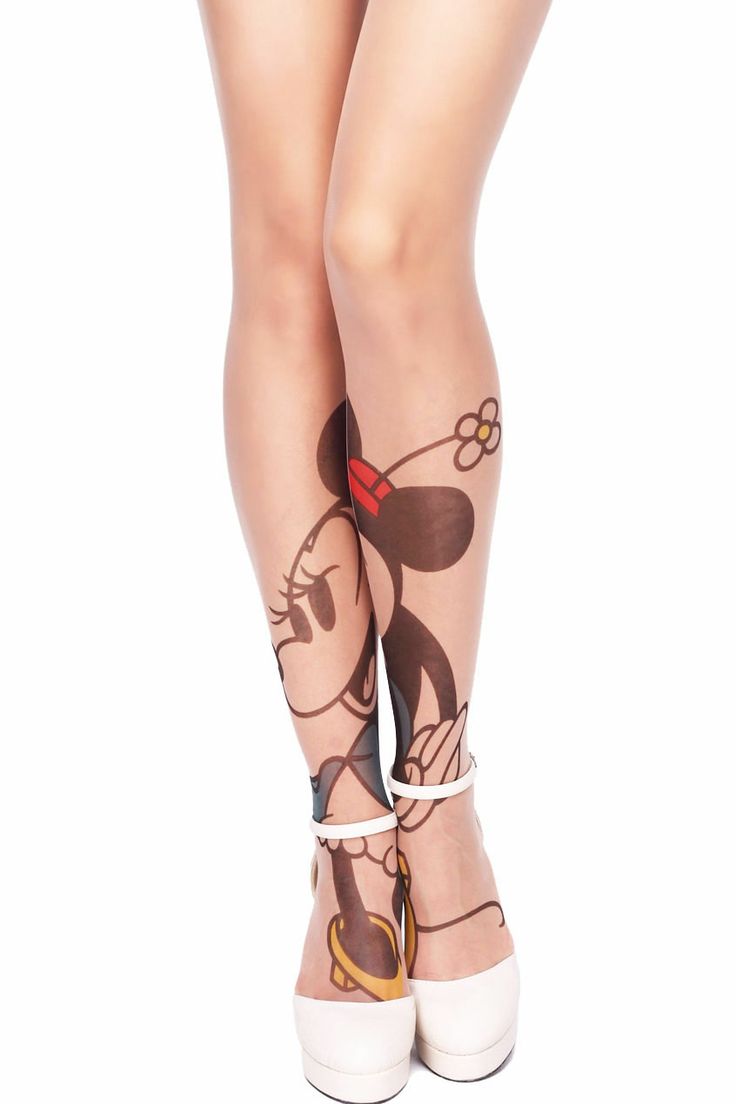Hornet Sting – What to Do When You Get It?

Hornets are eusocial insects. Eusociality is the highest order of sociality, where a large number of species work together. It is characterized by species who are engaged in intensive and cooperative brood care. The division of labor is divided between reproductive and non-reproductive groups. However, Hornets are fiercely territorial and one hornet sting can take days to heal.
Hornets have a large head compared to yellow-jackets and bees. Bees are smaller in size than hornets. Hornets are territorial insects and they make their hives by cutting through soft wood. Their hives look like papery constructed pulps and they safeguard their hives with their lives. Hornets mature from their eggs to adults inside their hives.
Hornets are dominated by Queens. Queens have the only right to reproduction and control reproduction processes by themselves. The other female hornets do not engage in reproduction. They carry out other essential duties that are important for the colony to survive. Many generations can live inside a single hive and co-exist while carrying out their duties for their Queen.
Male hornets are usually less in numbers and they have one role specifically. Queens use these males for reproduction and most of them die soon after reproducing. Hornets essentially feast on tree sap. They are also accomplished predators. They can hunt down flies, bees and other insects.
What is the Difference between the Hornets, Bees, and Wasps?
Hornets, bees and wasps might look similar to each other from afar but are inherently different from one another in various ways. Unlike bees, wasps are not furry insects and usually have shiny bodies. Bees are more golden in color, while hornets usually come in black and white or black and golden.
Bees take part in pollination by gathering pollen from flowers. They use this pollen for the making and eating of honey. On the other hand, wasps are carnivorous insects as they thrive on other smaller insects. Bees like to stay away from humans and will not bother you unless it feels threatened. Whereas, wasps are aggressive insects and can attack you even without the slightest provocation. Another major difference is the bees die after they sting you, but wasps or hornets do not and can sting multiple times.
Wasps are protective of their nests and you need to be careful about them. If you disturb a wasp’s nest by mistake, the wasp can get into an attack mode and can chase you over hundreds of yards. Hornets are usually larger than wasps or bees and have black and white rigs over their bodies. The venom of hornets can be dangerous for people with allergies.
Why Do Hornets, Bees and Wasps Attack?
Hornets are a kind of wasp that is equally aggressive and eusocial like the rest of wasp species. However, most wasps do not sting and are more solitary. There are two kinds of wasps. Some of them live as social groups, constructing hives and reproducing new generations of workers. The other kinds of wasps are generally solitary. Flying from flowers to flowers, they engage in serious pollination processes.
Social wasps survive through safeguarding their territory. Hornets, bees and yellow-jackets are some of the many species of wasps that are found in communities. Queens dominate hives and workers. They are territorial and will go to extents for defending their home.
Since they are social insects, single harm done to any of their members can trigger a sense of threat. Once threatened, hornets do not leave their targets easily. A single bee-hive can contain almost a thousand hornets. Hornets have poisonous sting properties that can affect our skin in harmful ways. The venom can rapidly cause inflammation and extreme pain. For those with allergies, it can also lead to death.
Hornets, bees, yellow-jackets, and wasps have a mob-mentality. This means the whole group will attack the perpetrator if a single of them feels threatened. All of them use signals to communicate and they can reach each other form tracking one’s smell, signals, and occasional markings.
Hornet Sting Symptoms
Hornets have needle-like sheath from where they inject the venom. The needle-like sheath is very sharp and can easily puncture any type of skin. The amount of venom of expect per sting may vary. Wasp species have a very high rate of metabolism. Therefore, they can generate their venoms faster.
If you are near a hornet and it has approached you by feeling threatened, be ready to get stung. You can always try to run, but hornets can easily reach speeds up to 25mph. You either have to get inside your car quick, otherwise- Brace yourself!
Hornet sting may cause the following symptoms:
1. Pain
After the sting, you will feel immense pain near the sting site. The pain can spread all over your arm in some hours. You may also feel the sting site to be burning. The highly toxic venom when reacts with your blood causes this burning sensation.
2. Redness
A diameter of around three to five inches, you will see your skin turning red. The venom when reacts with our blood causes extreme infection mostly, around the sting site. Your skin’s allergic reaction towards the venom causes the redness.
3. Swelling
Stings cause extreme inflammation usually after minutes. This means your hand will swell and look puffy. You may feel your stung hand more stiff and heavy than your other. Itchiness can be expected as well and these symptoms will last for about two to five days.
Hornet Sting Treatment
It is not difficult to get a hornet sting, especially during the summers and springtime, when we tend to spend quite a lot of time outside. What do you do on such occasions? How do you control your irritability and prevent any further reactions? Do not worry, some easy hacks will help you cure a hornet sting without much fuss.
The primary requirement, when you get a hornet sting, is to carefully remove the stingers (if there are any). Hornets have smooth stingers, which they easily take out of the skin themselves. However, if any stingers remain, it is important to remove them using a thin, blunt object like a dull knife, to begin the process of treatment for the sting.
A hornet sting leads to swelling and pain due to the hornet’s venom. To reduce the swelling and pain you can use an ice pack after washing the wound under cold, running water. Tie cubes of ice in a small cloth and put it directly on top of the wound and keep it like that for some time. Continue the process multiple times until the swelling becomes visibly less.
Finally, apply a soothing calamine lotion or antiseptic cream over the wound to heal the infected area. Some people are prone to allergic reactions to hornet stings, which can be treated with a shot of a drug named epinephrine.
Hornet Sting Reaction
After a hornet sting, you may notice three different reactions. These can vary from person to person. People who are allergic to insect bites may show other complicated infections and injuries. Bees, hornets and all the different kinds of wasps have almost the same venom composition.
Firstly, you will see your affected area will turn blood-red. It will be accompanied by extreme pain and burning sensation. After a few seconds, it will rapidly start to swell and you may feel your affected arm bit heavier than the other. The reaction also causes itchiness.
Hornet Sting Swelling
Hornet stings swell due to the high presence of various toxic enzymes and bacteria species that enter the body. The inflammation is the most common reaction that every animal faces when stung by hornets or wasps.
The swelling can last for five days and can lead to serious complications if left untreated. Usually, people with stronger immune systems recover from these stings within three to five days.
If your swelling does not heal after five days, you must make an appointment with a doctor. If you have any kind of skin allergy, the swelling can increase your chances of allergic skin reactions and can even lead to septicemia.
What Does a Wasp Sting Look Like
The most common symptoms of a wasp sting are pain and swelling. That is the first thing you will notice when you get stung by a wasp. The place of puncture by the stinger becomes a red itchy dot and swells up to cause more pain and irritation.
A ridge is created on the skin due to the swelling. You can see a small, white spot at the center of the puncture. The pain associated with the stinging of a wasp usually receded within a few hours for most people. However, some people may have “larger local reactions”, which need ardent medical attention.
In the case of large local reactions, a wasp sting can look more horrific with its redness, swelling, and pain. The redness and swelling can stretch up to 12 inches across the skin. In extreme cases, you might find your entire limb swollen and it may remain that way for a few days. In case there are multiple stings on your skin, you may develop a rash along with nausea and vomiting tendencies.
Some people may also experience swelling and pain in the joints all over the body. This usually starts after a few days of the sting.
Wasp Sting Infection
Many people have allergies to insect stings. These allergic people can experience different reactions and infections. People who are old, or have weaker immune systems often intend to develop serious infections when stung by a wasp. This is highly rare and happens with a few people. However, complications can accelerate at an alarming rate.
Wasp and hornet sting can trigger many kinds of Streptococcus infections. People who are allergic to insect bites may face fatal consequences if not treated properly. Negligence can even lead to cardiovascular stroke and paralysis. If you are allergic to wasp stings, always carry first-aid treatments for stings and insect bites.
Allergic reactions and infections depend from person to person. In some rare cases, the bacteria from the venom can even make its way up to the brain and cause serious infections in the meninges. Once the meninges get infected, a person can suffer from meningitis and septicemia.
Wasps are easily attracted to the garbage which makes them an easy pathogen carrier. They can even cause infections like necrotizing fasiitis. The sting contains numerous enzymes and active biological substances which cause swelling and infection around the sting area.
Getting Rid of Hornets, Bees, and Wasps
It is not possible to eliminate wasps, hornets or bees one by one. If you try to kill them one by one, they will fiercely defend themselves and you will end up getting stung multiple times. A single sting can pain like hell, imagine getting stung around 500-600 times. It will be an extremely painful experience.
So, how do you get rid of them? It’s not easy, but if you want to get rid of these monsters, you have to go for their nest. Yes, destroying the hive or the nest of the wasps is the only way to eliminate their threat. But, this will be very hard to execute and requires extreme precision and speed.
Firstly, you have to get protection. If your house is often visited by these creatures, it’s better to buy a wasp protection suit. After acquiring the suit, you have to search for their nests. After you have found their hive, you have the plan to burn it somehow.
The suit will protect you from the wasp colony when you try to burn their hive down. The whole colony of wasps will be after you, but your suit will prevent any of them from stinging you. Burn the hive properly and prepare a fireplace to burn it completely. The wasps will soon stop attacking and will migrate to new and safer surroundings to build their new nest.
 Tagged:
bald faced hornet sting, hornet sting reaction, wasp sting infection
Tagged:
bald faced hornet sting, hornet sting reaction, wasp sting infection











